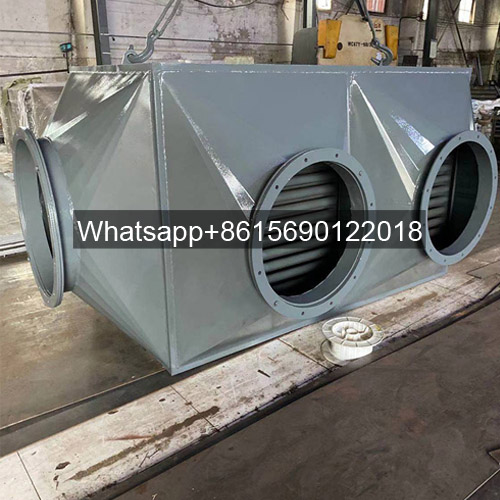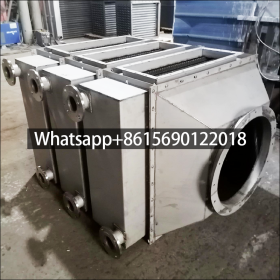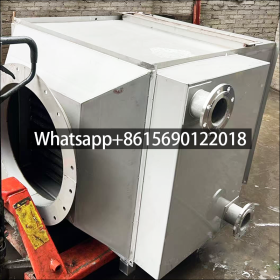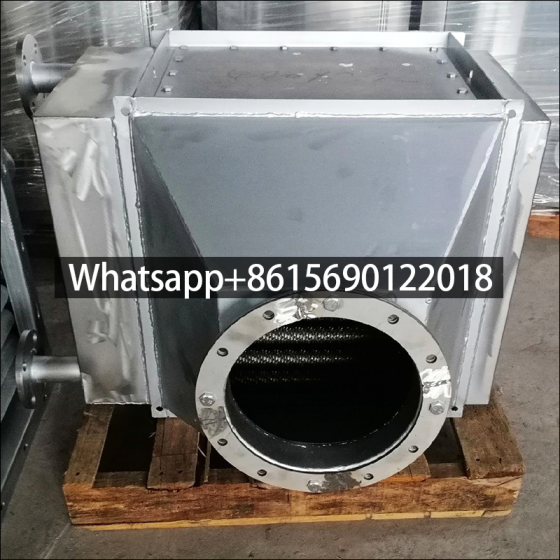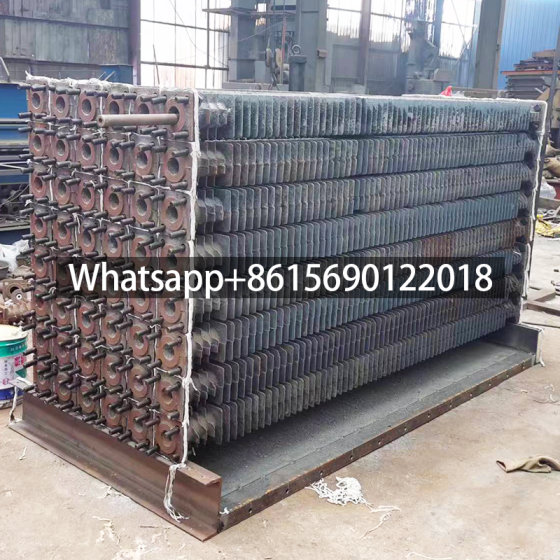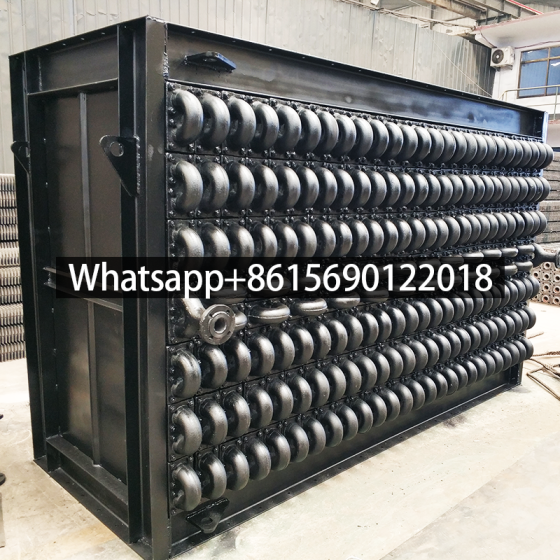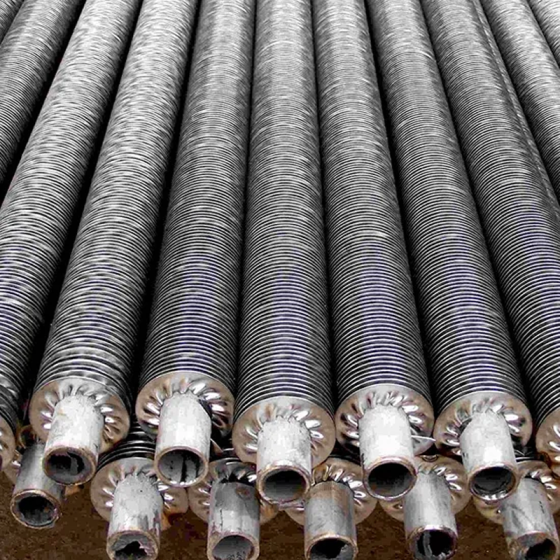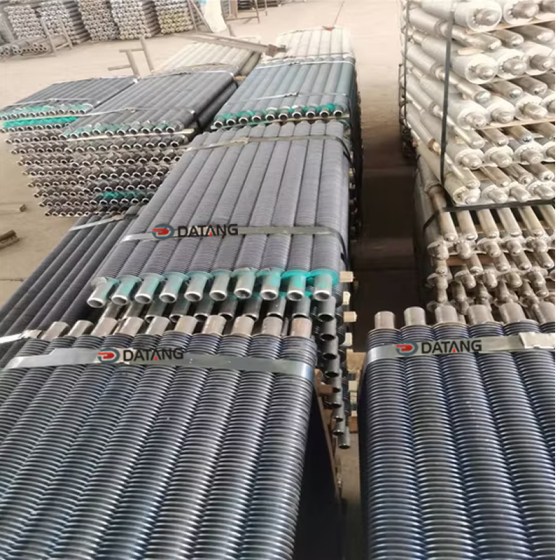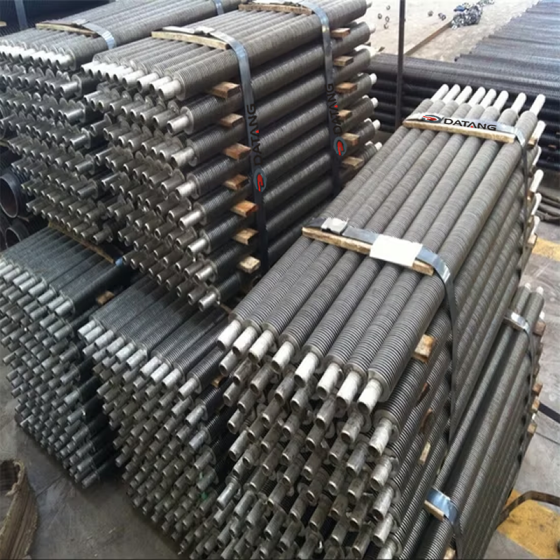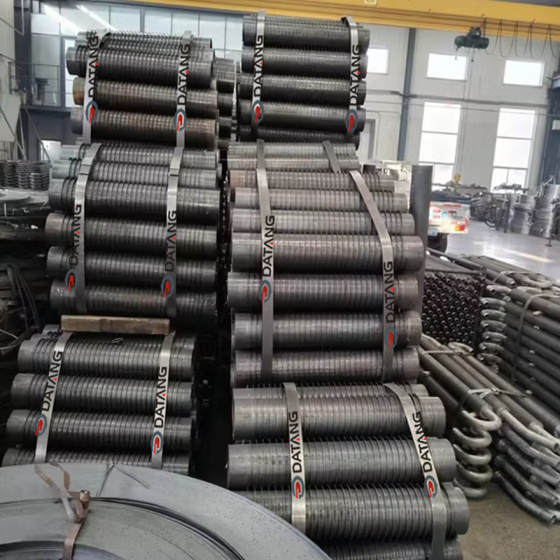A steam boiler with finned tubes is a boiler system that enhances heat transfer and improves energy efficiency through its finned tube structure. Its core advantage lies in utilizing fins to expand the heat exchange area, optimizing the heat transfer process, thereby reducing fuel consumption and meeting environmental protection requirements. The following are key features and application analyses:
Core Advantages of Steam Boilers with Finned Tubes
Enhanced Heat Transfer
Finned tubes expand the heat exchange area by 3-8 times through a spiral or wound structure, while simultaneously inducing fluid turbulence and reducing thermal resistance. Experimental data shows that proper design can increase the heat transfer coefficient by 40%-60%, boosting boiler thermal efficiency by 5-10 percentage points. For example, a chemical company increased its thermal efficiency from 86.5% to 92.3% after replacing bare tube water-cooled walls with carbon steel spiral finned tubes.
Energy Saving and Environmental Protection
Finned tubes perform exceptionally well in waste heat recovery systems. For instance, using stainless steel finned tubes in economizers can reduce flue gas temperature from 220℃ to 120℃, significantly recovering waste heat. Combining ultra-low NOx condensation technology (such as the water-cooled fully premixed combustion technology from Xianchuang Group), NOx emissions can be as low as 16.6 mg/m³, with a thermal efficiency of 102%-105%.
Steam Boiler with Finned Tube Material Compatibility
Material selection based on temperature requirements:
Medium and low temperature range (300-600℃): Use carbon steel or low-alloy steel (such as 20G, 15CrMoG), with enhanced corrosion resistance through alloying elements.
High temperature range (above 600℃): Use high-alloy heat-resistant steel (such as 310S stainless steel) or nickel-based alloys to ensure high-temperature stability.
Copper and aluminum finned tubes are suitable for lightweight or high thermal conductivity applications, but attention must be paid to the oxidation of aluminum at high temperatures.
Typical Application Scenarios of Steam Boiler with Finned Tube
Industrial steam boilers: Finned tubes are used in the furnace water-cooled walls to distribute heat load and reduce tube wall temperature, minimizing corrosion risk.
Waste Heat Recovery System: The flue gas economizer uses finned tubes to recover waste heat from flue gas, achieving cascaded energy utilization.
Heating and Drying: Steam finned tube radiators rapidly heat up through air convection, suitable for workshops, greenhouses, and other similar locations.
Steam Boiler with Finned Tube Selection and Maintenance
Selection: A comprehensive consideration of steam parameters (pressure 0.3-1.0 MPa, temperature 143-184℃), environmental conditions, and budget is necessary. Skid-mounted designs are preferred to save space.
Maintenance: Regularly check the connection between the fins and the base tube to prevent detachment due to thermal expansion and contraction; a smooth inner wall reduces scale buildup and lowers maintenance frequency.
Finned tube steam boilers, through structural optimization and material adaptation, demonstrate significant advantages in energy efficiency, environmental protection, and cost control, making them the preferred solution for industrial thermal energy systems.
 dtfinnedtube.com
dtfinnedtube.com

